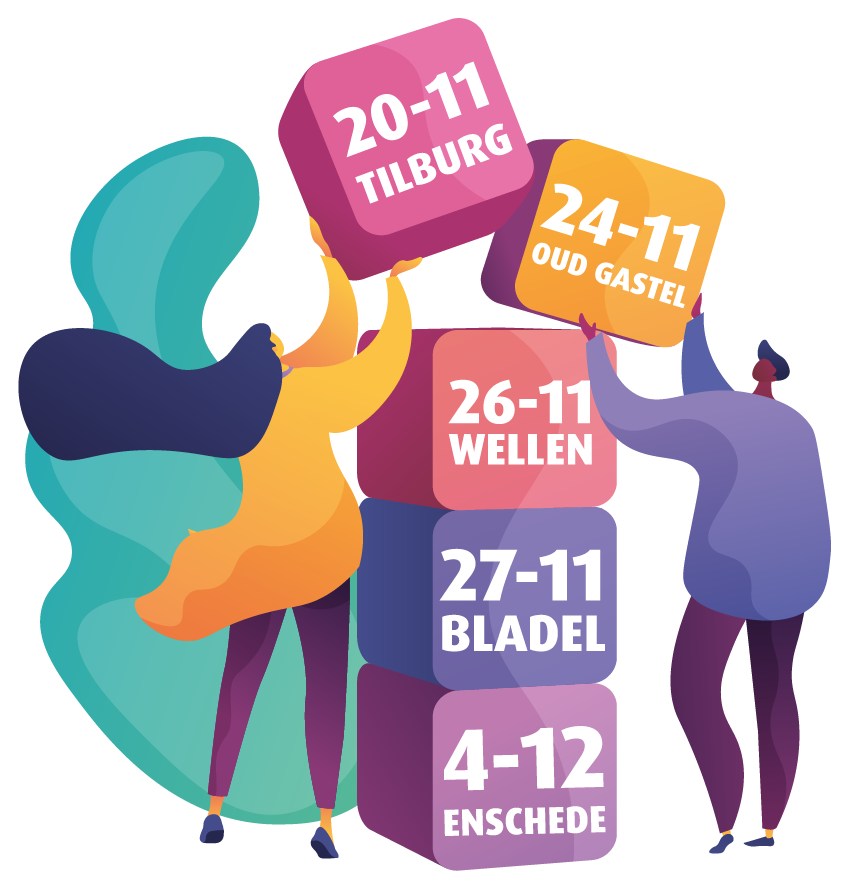From Directive to Law
The first paragraph of Article 45 directly refers to Articles 8 and 8bis of Directive 2008/98. Since the PPWR is a regulation, it turns this previous directive into directly enforceable legislation. Where Directive 2008/98 largely contained open standards, the PPWR specifies them concretely through Articles 5–12: minimisation, recyclability, use of recycled content, labelling, and reuse.
Thanks to organisations such as Verpact and the former KIDV, the Netherlands is already well prepared. Many of these principles already apply to our internal market, for example through fee differentiation. This does not mean the bar is low—but it also doesn’t make compliance unattainable. The transition to the PPWR therefore feels less abrupt here than in many other member states. All efforts should lead to packaging that is designed according to the law and therefore highly recyclable, ultimately resulting in Article 38: the declaration of conformity.
The structure of Article 45 is clear: paragraph 45.1 links the EPR directly to Articles 8 and 8bis of Directive 2008/98, thereby anchoring the principles of waste prevention and producer responsibility in the PPWR. Paragraph 45.2 operationalises this: producers bear the full costs of collection, transport, processing, and reporting. This cost structure is already familiar in the Netherlands through existing EPR systems—an advantage that eases the transition to the PPWR.

